A Journey to Accreditation
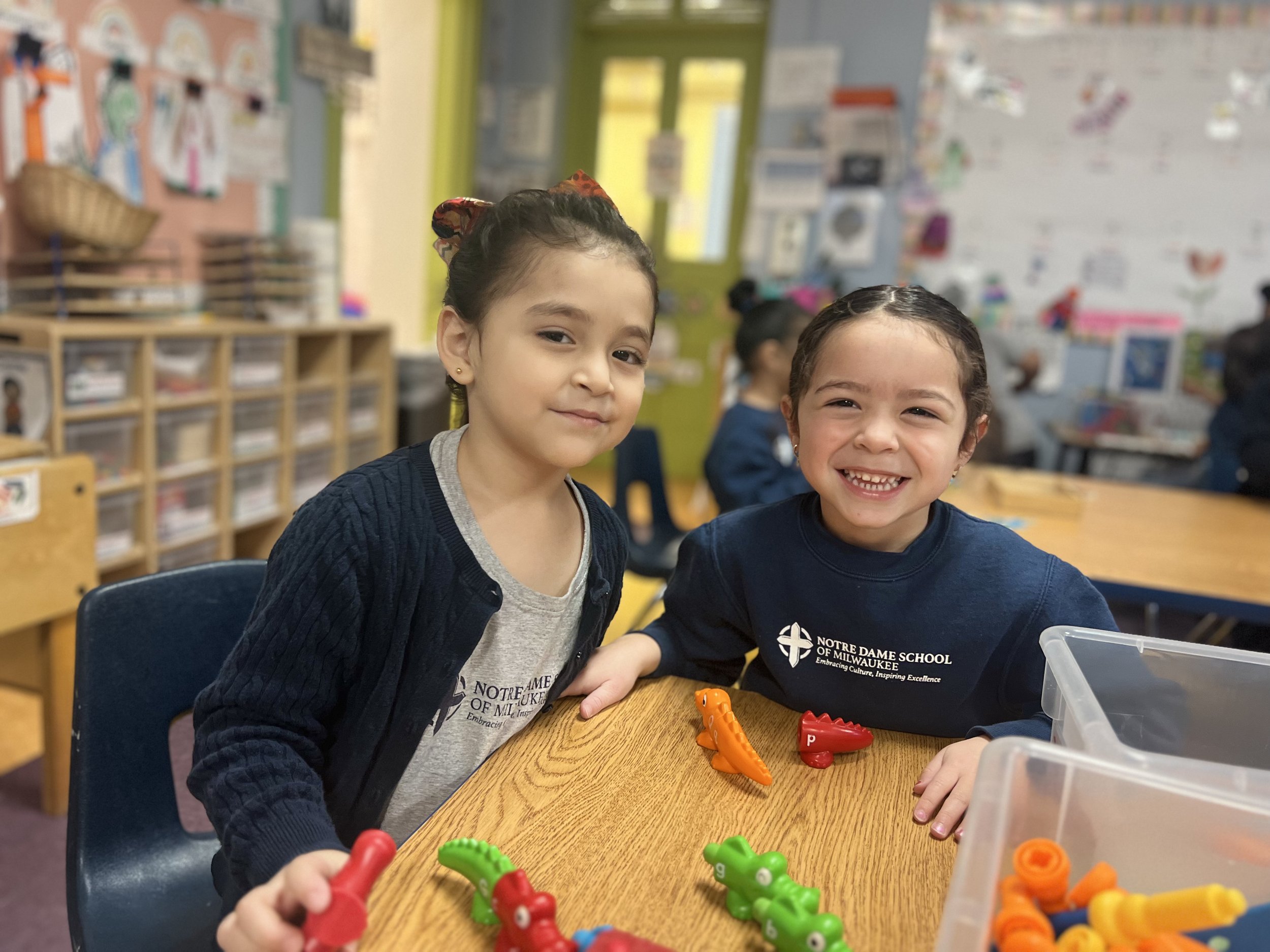



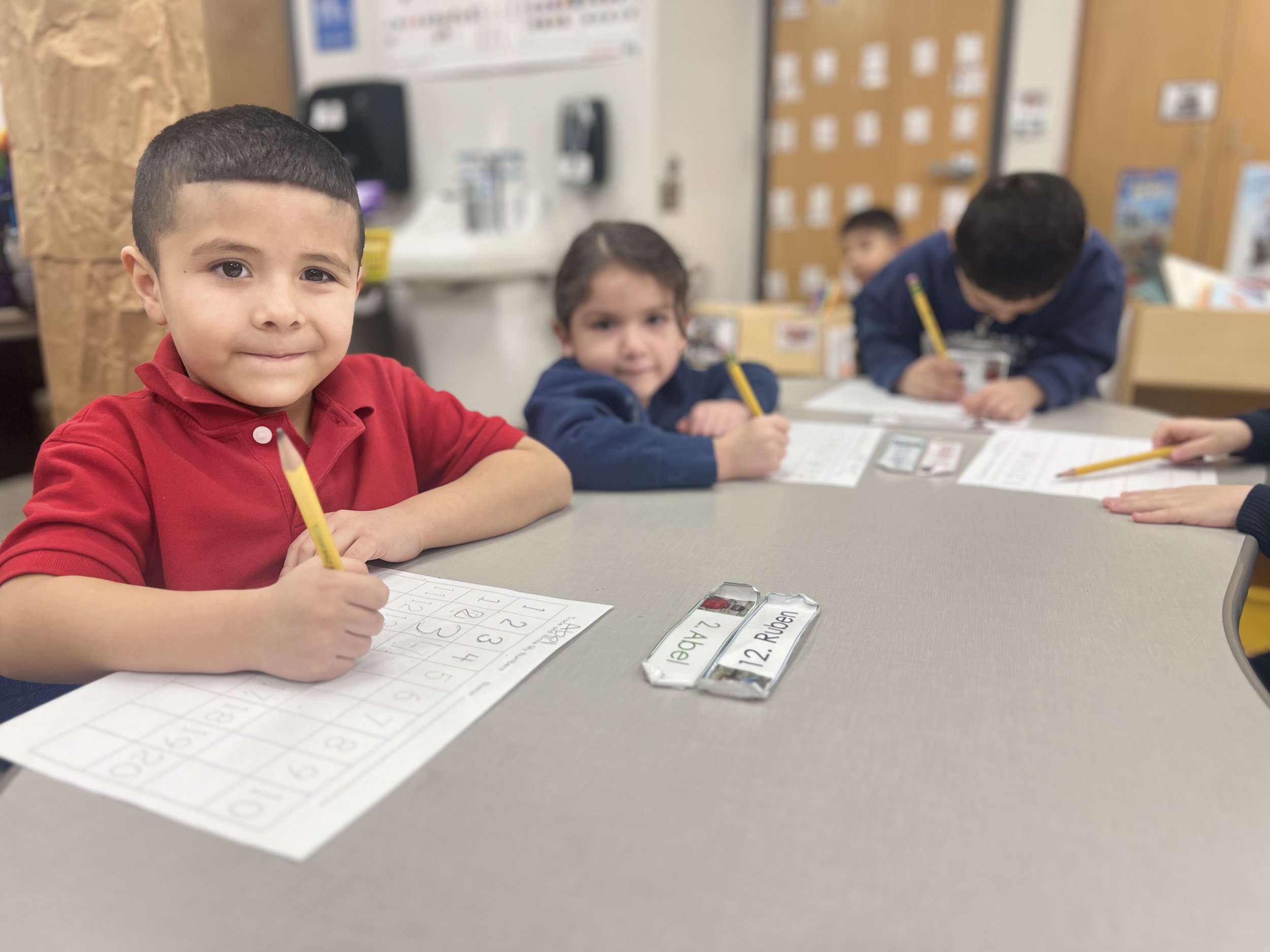
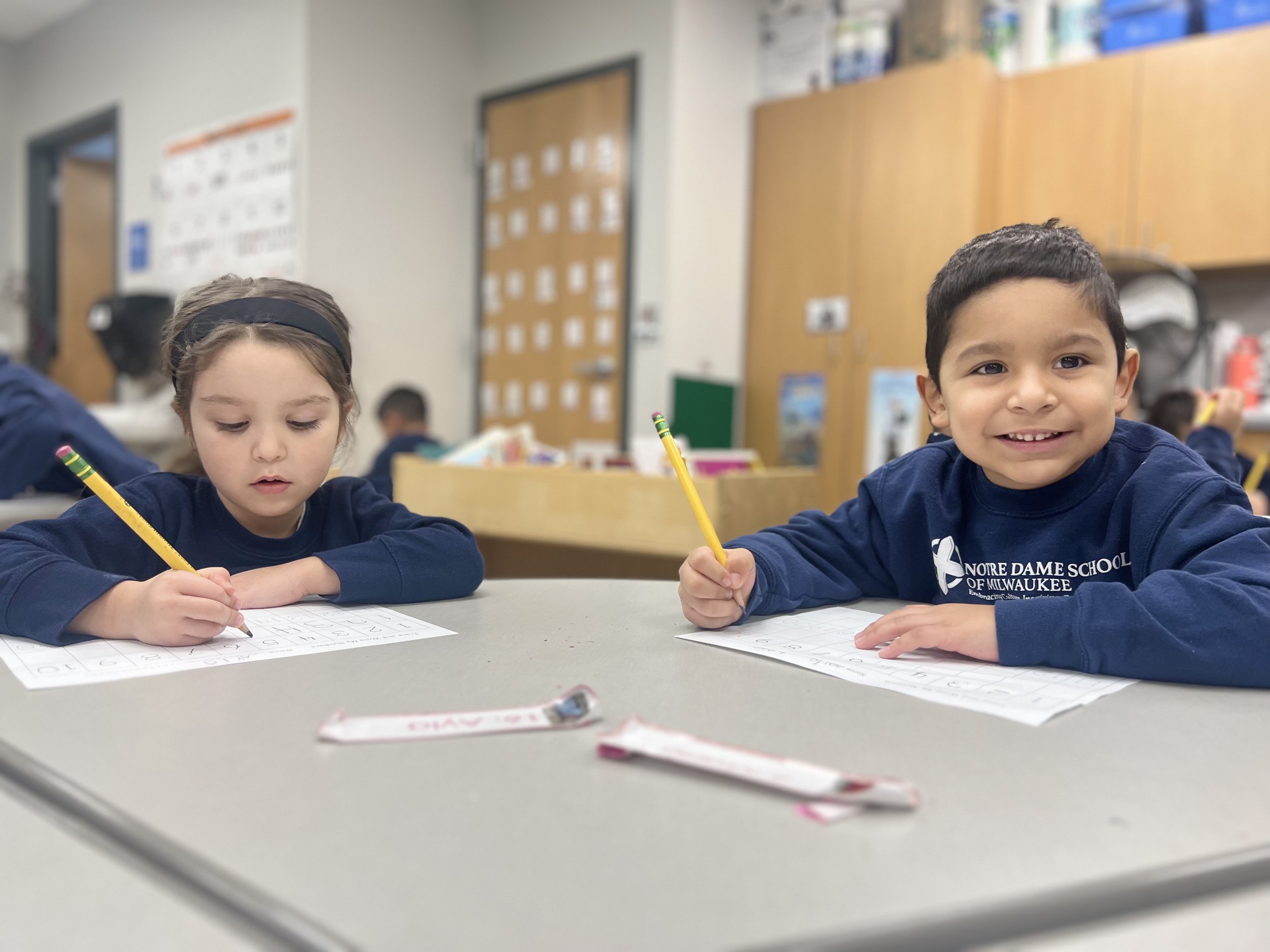
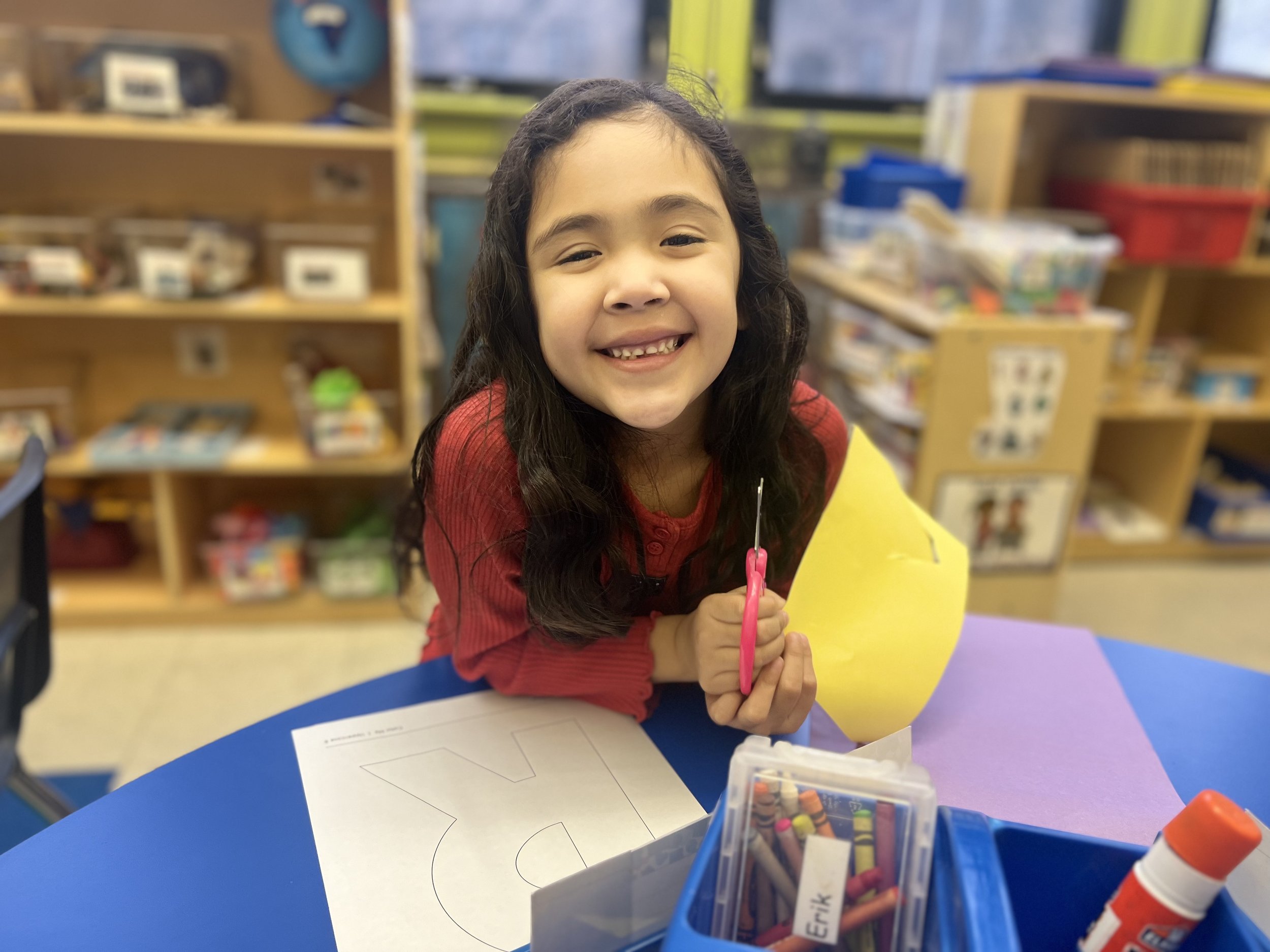
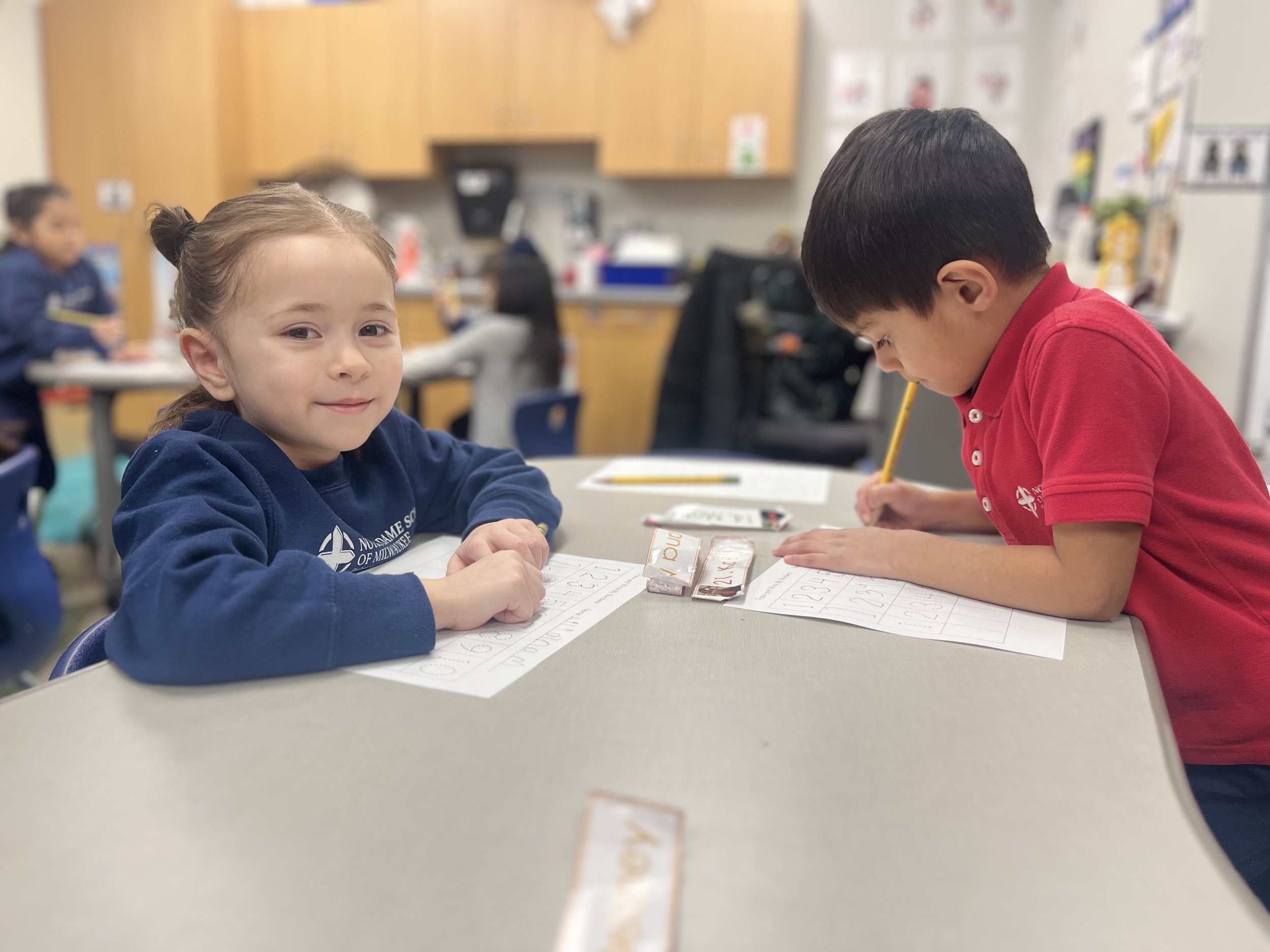
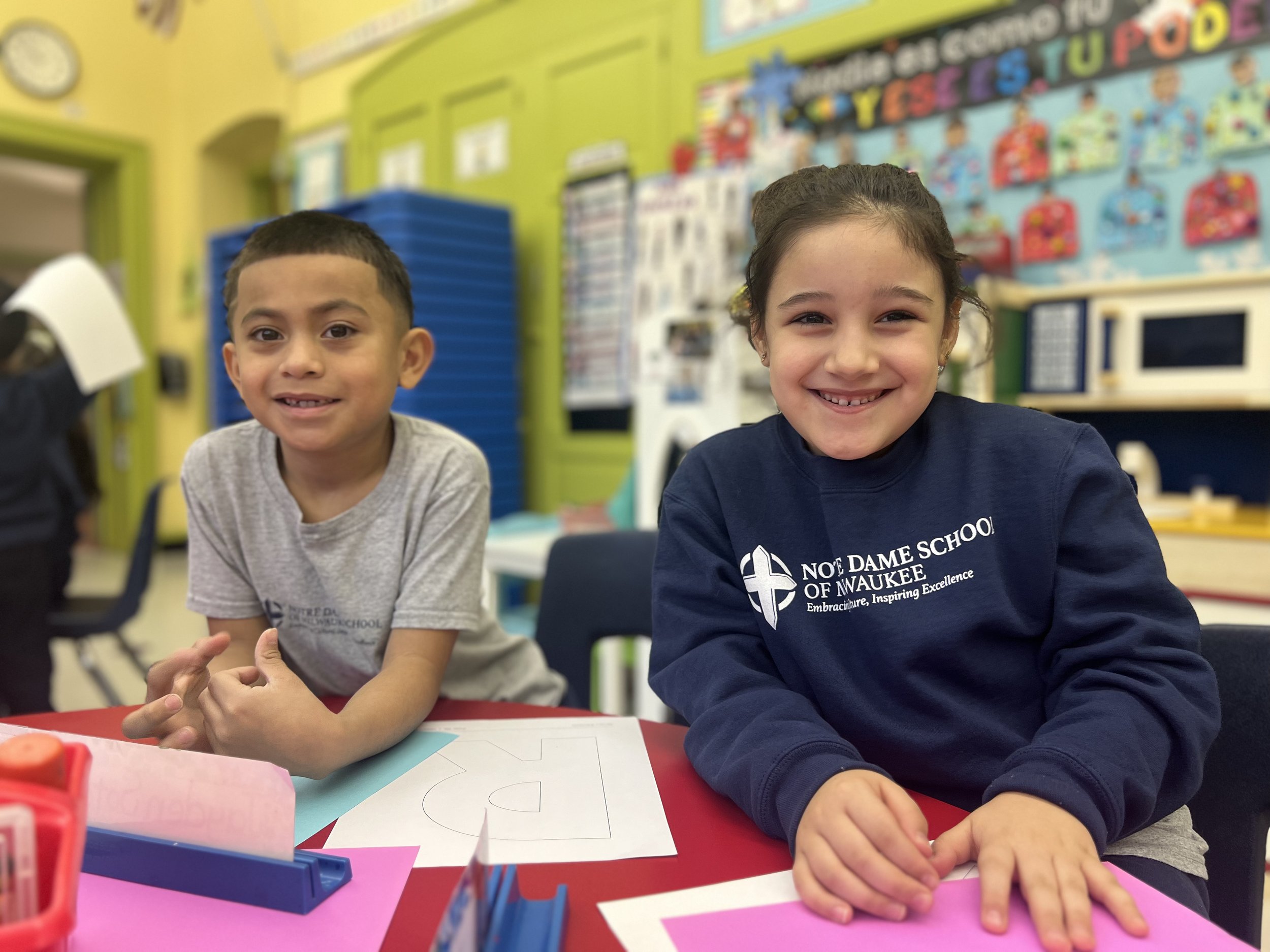

In October, Notre Dame School of Milwaukee’s early learning center became the first program to receive accreditation through the Accreditation Facilitation Project (AFP). The AFP was created with the goal of boosting program quality throughout Milwaukee, thereby increasing the number of high-quality slots available for children.
Notre Dame’s achievement marks a significant step in this process. As the first to successfully complete accreditation through the program, they’re paving the way for other early education providers across the city to do this same.
“Although there are other schools within the nation that are NAEYC (National Association for the Education of Young Children) accredited, Notre Dame is one of the first for Milwaukee,” says Ashley Harrell, the Accreditation Facilitation Project coordinator at 4C for Children. “And that's a big deal and that inspires others.”
About the Accreditation Facilitation Project
The AFP was developed by 4C for Children and Milwaukee Succeeds, with funding from the Greater Milwaukee Foundation. The 3-year program is designed to support both family- and center-based providers. Currently, 22 ECE providers are participating in the AFP (15 family and 7 group providers), with the capacity to serve 475 children.
As the project facilitator, 4C recruits and oversees providers, while also supplying a range of supports to help them overcome common obstacles and hurdles. For instance, the cost of accreditation can serve as a barrier for many, with the price ranging from $1,200-$5,000 depending on the program type and the number of children enrolled. The AFP helps such programs by covering the initial cost, as well helping with the purchase of materials and technology used to implement high-quality practices.
4C also acts as a guide and a coach, providing practical support and resources throughout the process. This includes regular check-ins, as well as encouragement and unbiased advice when problems arise.
“We try to find ways to provide resources and opportunities that support individual programs so they can be successful in their journey,” Ashley explains.
“AFP was a vital piece in this process,” shared Holly Tassone, Notre Dame’s director of compliance. “Ashley's support, knowledge and coaching helped us stay on track with each step. The monthly check-ins were vital to share updates, ask questions or get resources that were needed to progress.”
About Notre Dame
In Milwaukee’s early childhood education (ECE) landscape, Notre Dame is unique. Their early childhood program consists of 3- and 4-year-old preschool and kindergarten classrooms, which are integrated into their elementary school. Altogether, they have the capacity to serve 159 young children.
“We were able to put a high quality ECE program within an elementary school and connect the ECE world with the K-12 world,” explains Holly.
Notre Dame’s pre-K and kindergarten classrooms are located at their primary campus, which serves students through 4th grade. They also have two middle schools on separate campuses.
“For Notre Dame, they are shedding light on the fact that there can be a merger of early education and the school sector,” says Ashley. “[They’re showing] what that could look like.”
Since the Notre Dame early education program is still relatively new, having been established in 2021, pursuing accreditation offered them the opportunity to strengthen their community partner base, as well as ensuring they were using high-quality practices and up-to-date techniques.
The Accreditation Process
Accreditation is a lengthy, complex process, with the time frame varying based on the readiness of the program. For Notre Dame, it took 16 months from start to finish, although Ashley notes that it can take up to two and a half years for some providers.
The process begins with a 6-month self-study period, during which organizations reflect on their program and the assessment criteria, then determine if they’re ready for accreditation. Following this, they submit an application and begin building a digital portfolio of lesson plans, policies and statements from parents, which provide a full snapshot of the program and its high-quality practices.
For Notre Dame, this process took an entire school year as they needed to look at hundreds of different benchmarks across 10 different standards. Their carefully planned professional development calendar allowed them to dig into each benchmark and ensure that they had strong evidence that their environment, practices and policies aligned with NAEYC.
“The best part of the process was to see our teachers’ confidence grow,” said Holly. “As we worked through hundreds of benchmarks, they went from feeling overwhelmed in the beginning to feeling empowered, coming up with ideas on how to make our program even better for our children and families.”
An assessor will then come out for a site visit, interviewing the director and observing how the teachers interact with the children in their care.
“Accreditation is individualized in a way that is not cookie cutter,” says Ashley. “There's not a checklist. When the accessors come in, they want to see how you as a program implement these standards and how you as a program meet the principles of high-quality practices.”
The final step is the decision letter, where programs learn if they’ve successfully achieved accreditation. For Notre Dame, the happy news came in October, one month after their site visit.
Why Accreditation Matters
“I genuinely believe that accreditation really helps programs foundationally understand what a high-quality program looks like,” says Ashley. “It is ultimately something that allows programs to achieve and reach and strive for high-quality practices.”
Accreditation is all about strengthening – and updating – a program’s practices so they have the tools at hand to keep children safe physically, socially and emotionally. It involves creating a space where children can flourish and where families can be confident in the level of care their kids are receiving.
"I was afraid of this accreditation at the beginning because it is a lot,” said one Notre Dame teacher. “But as we worked through it, I realized that we were already doing many of the things the benchmarks required. In addition, it gave us an opportunity to have a voice to improve our practices and collaborate in order to make our program even better. I can see now why Ms. Holly wanted us to go on this accreditation adventure because she wants (and all of us at NDSM included) the best for our children and families in our community. They deserve the very best starting at the foundational years of ECE."
Overcoming Obstacles
The current staffing crisis is putting many ECE providers in a tough spot, forcing them to serve fewer children while also postponing their dreams of accreditation. Ashley has seen this firsthand over the past several years, with programs hindered by teacher turnover and the fact that directors are being pulled into the classroom.
“The staffing crisis in the early education world right now is a huge barrier for programs to be able to really thrive,” she says.
Another hurdle, particularly for small family programs, is the workload, where one person typically takes on the task of accreditation while simultaneously running the business. It can be a daunting process – but it is possible, especially with help from the AFP.
“The providers that I have worked with who have seen this whole process through, they have remained resilient and committed to finding ways to being very savvy about when they study, how they study, to ensure that they are getting closer and closer to the finish line,” shares Ashley. Her advice for programs is to take their time, to think about where they want to go and how fast they can get there, but also to pivot when obstacles arise.
For Notre Dame, their successful accreditation was all about organization and help from both internal and external stakeholders.
“The biggest piece of advice for other organizations is that it is possible to achieve this through organization, planning and involving various stakeholders,” says Holly. “You also have to be realistic about the risks and have support internally and externally in order to best place your organization's resources because it is an investment.”



